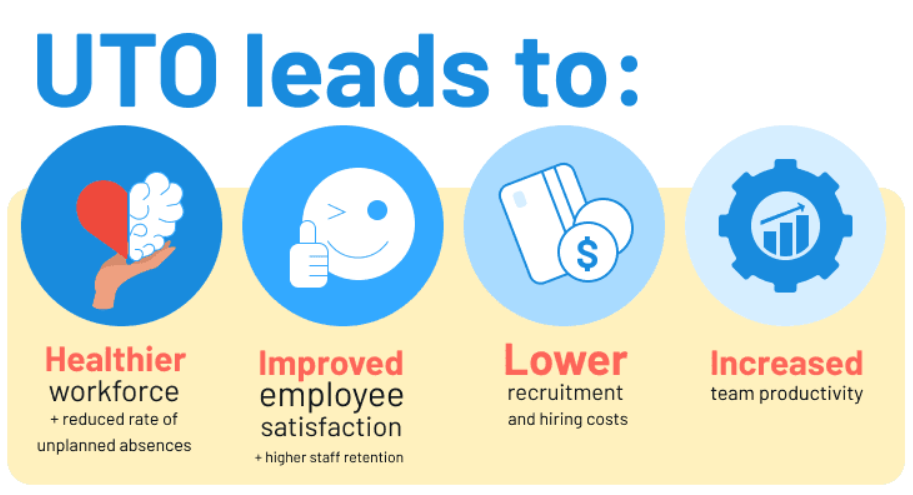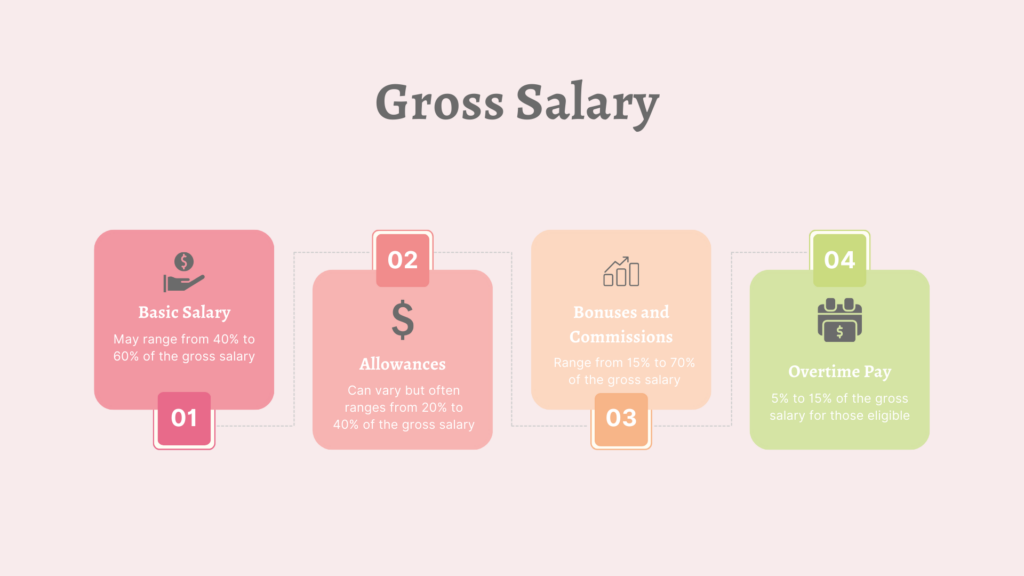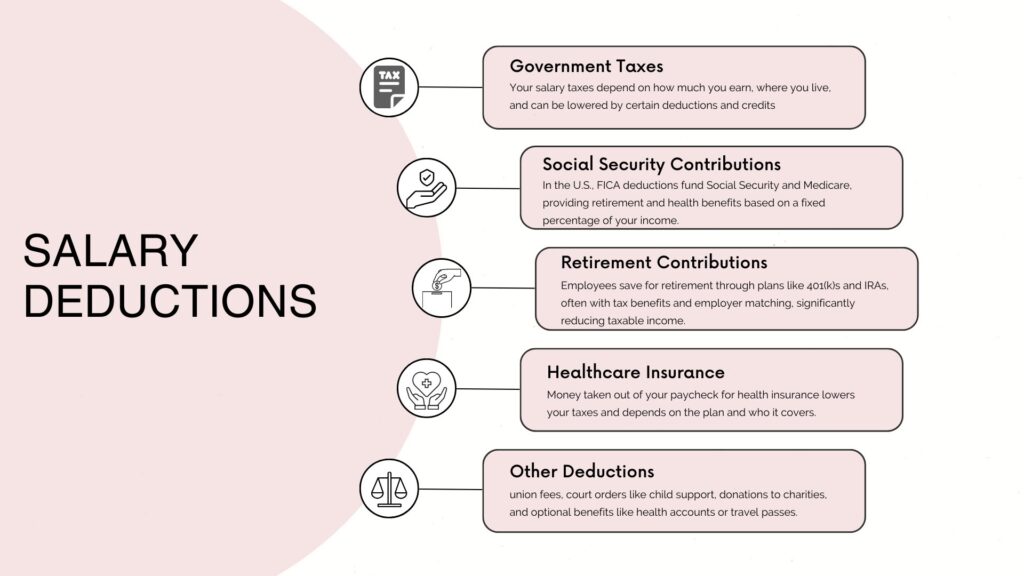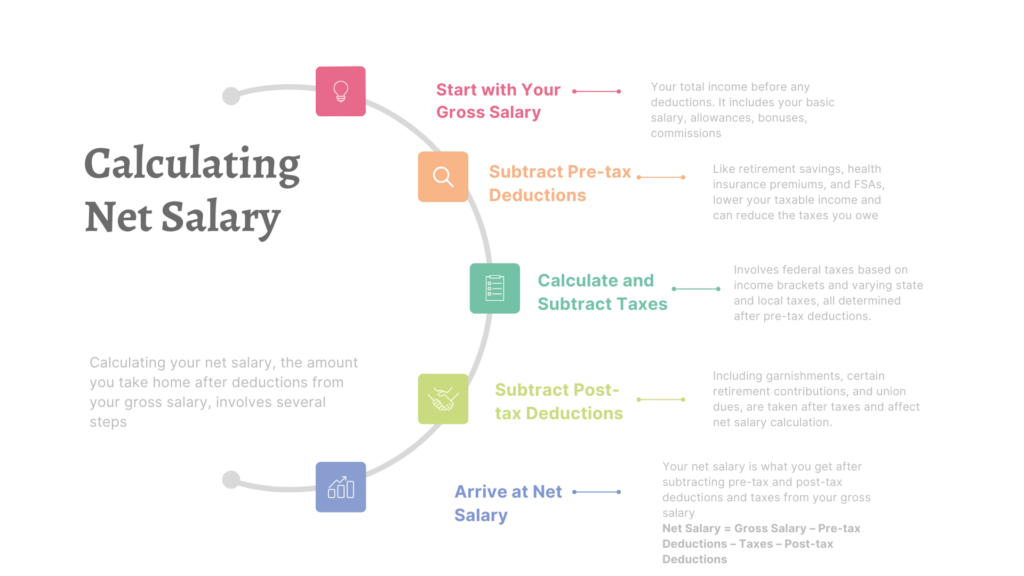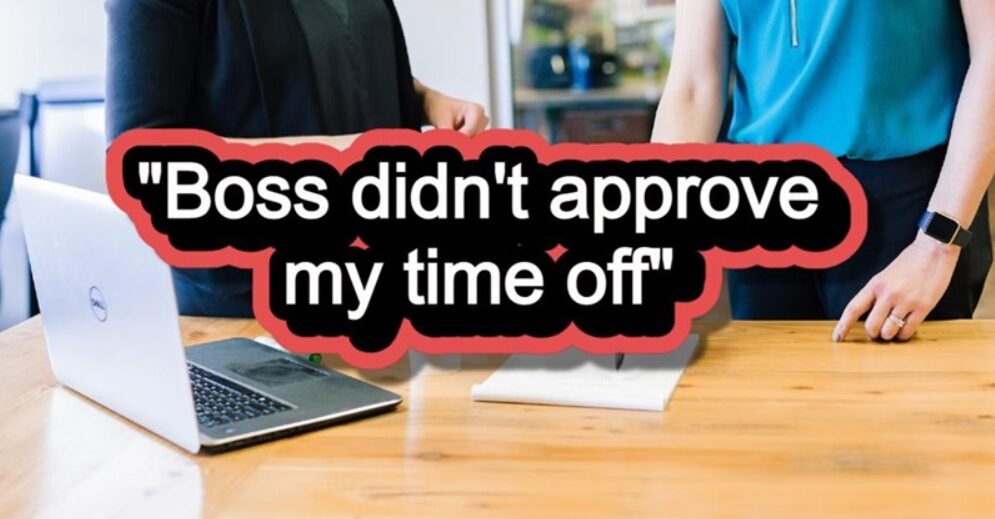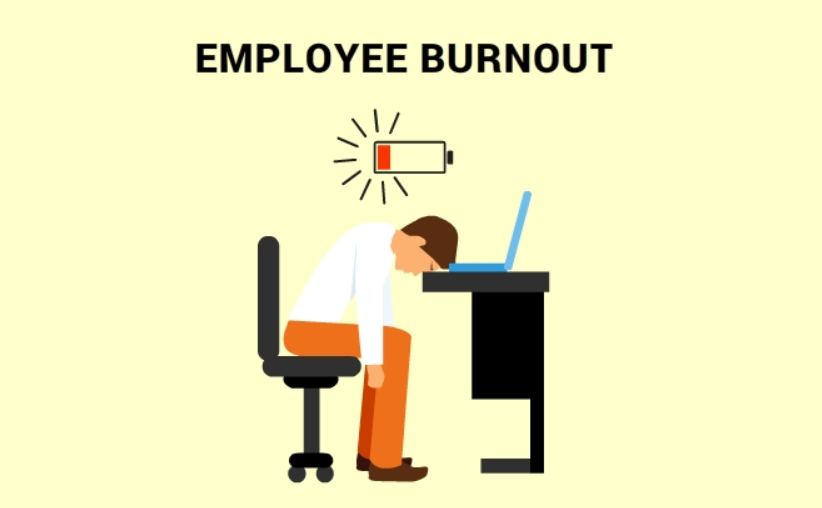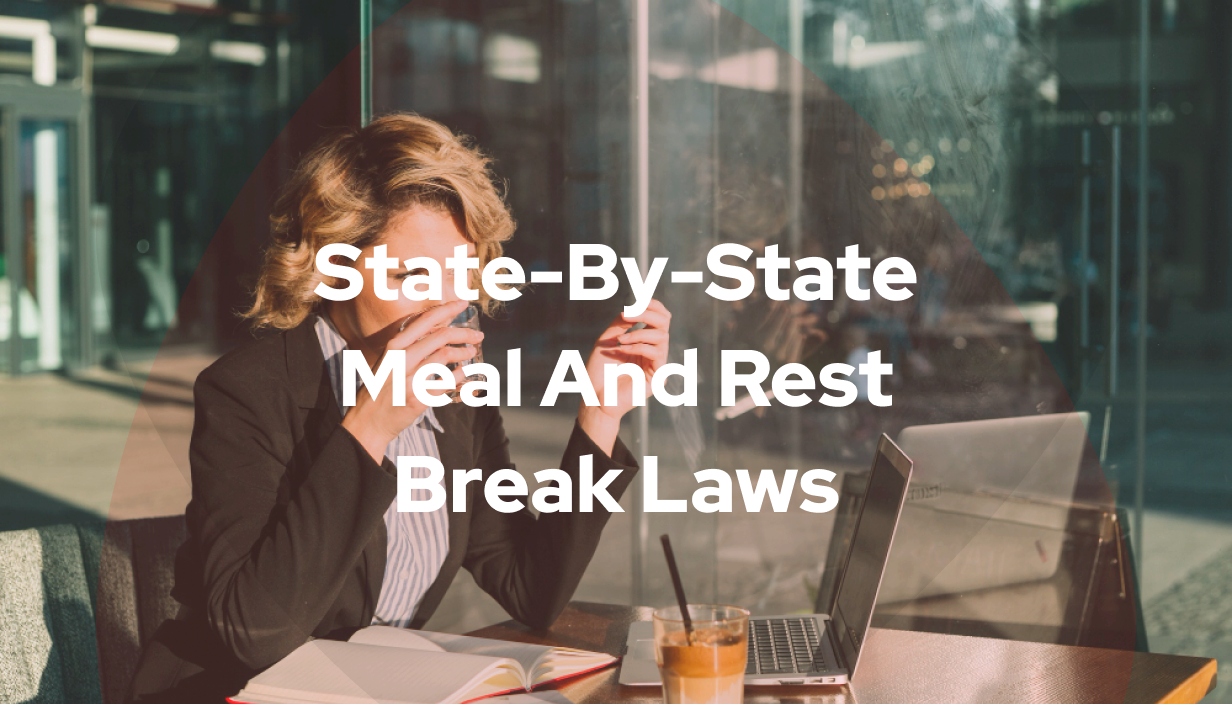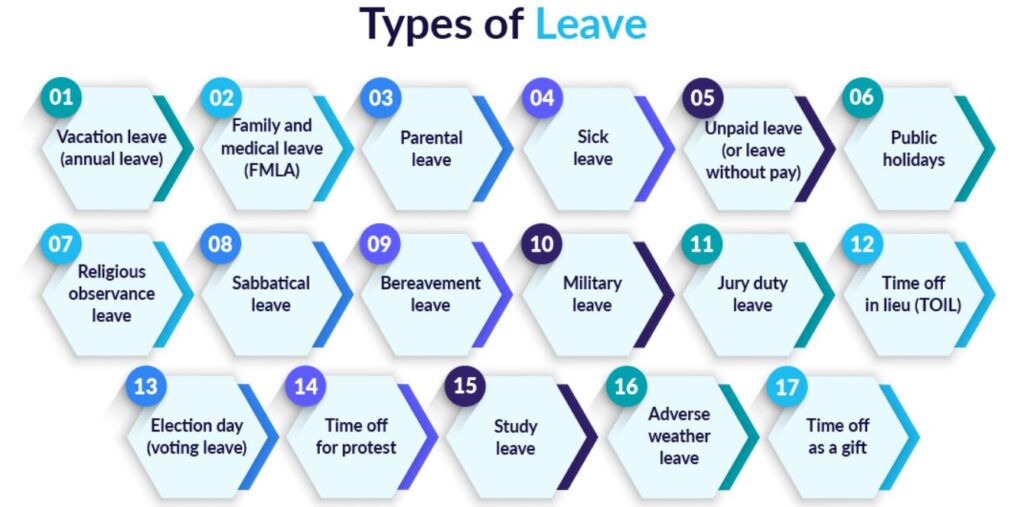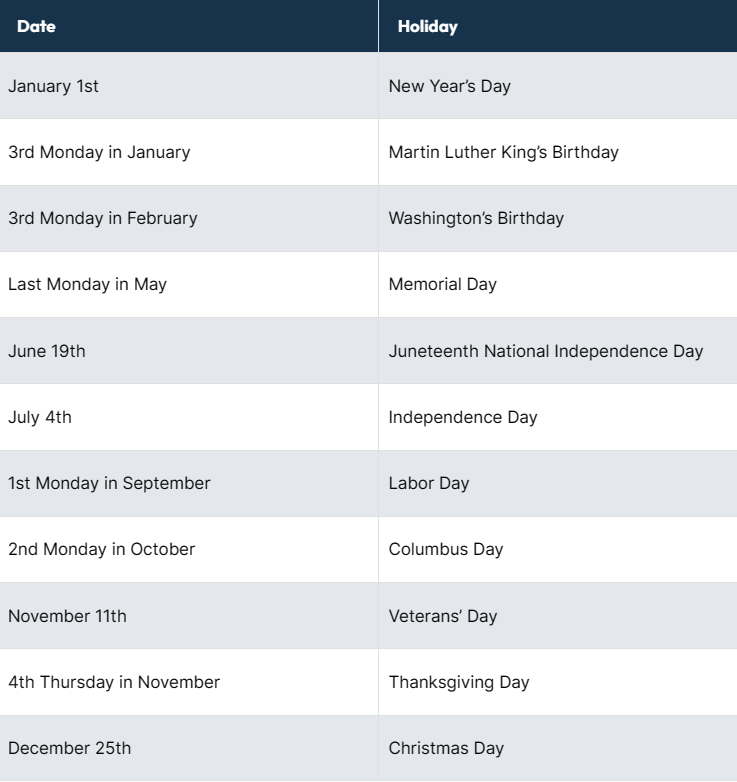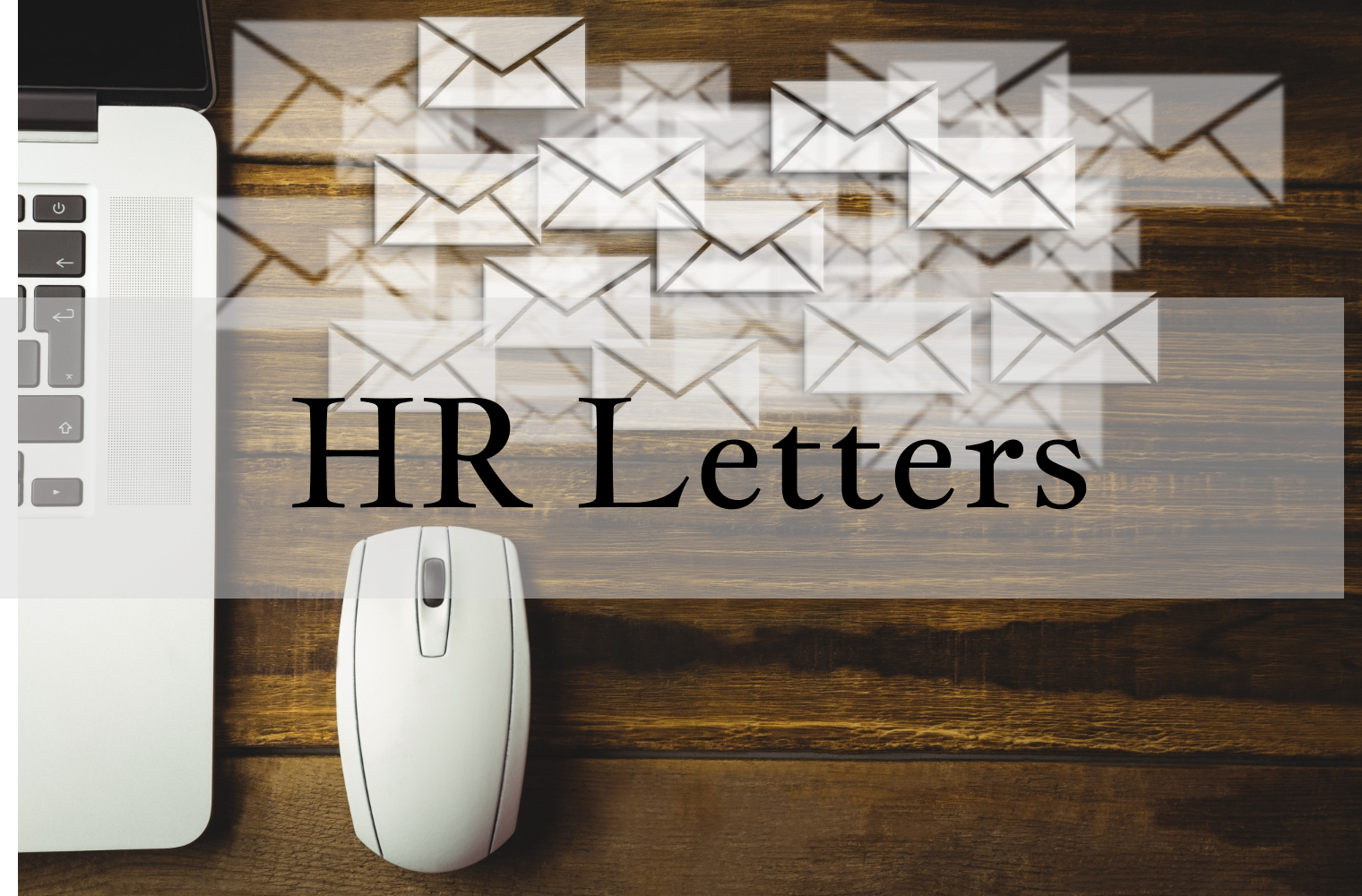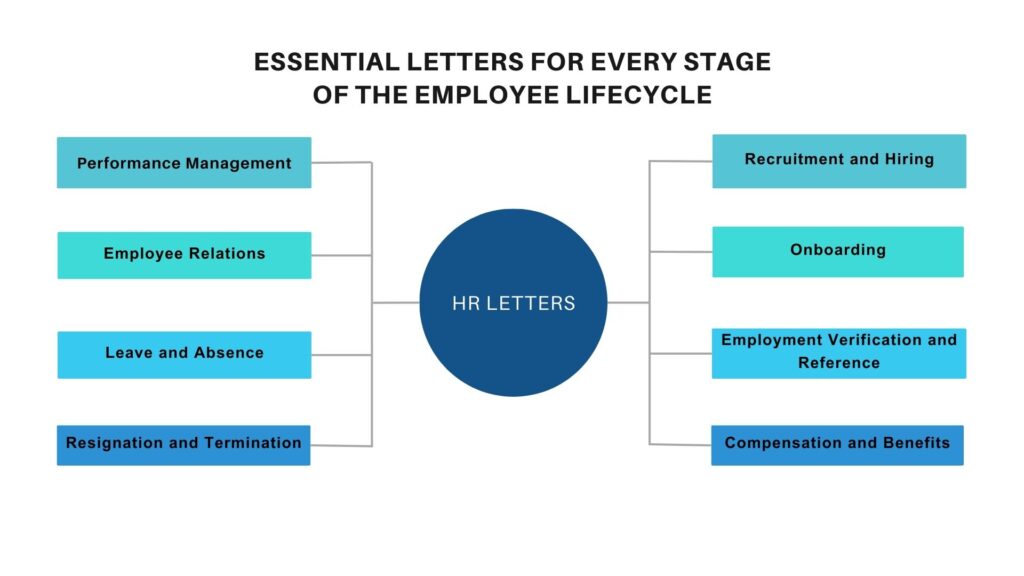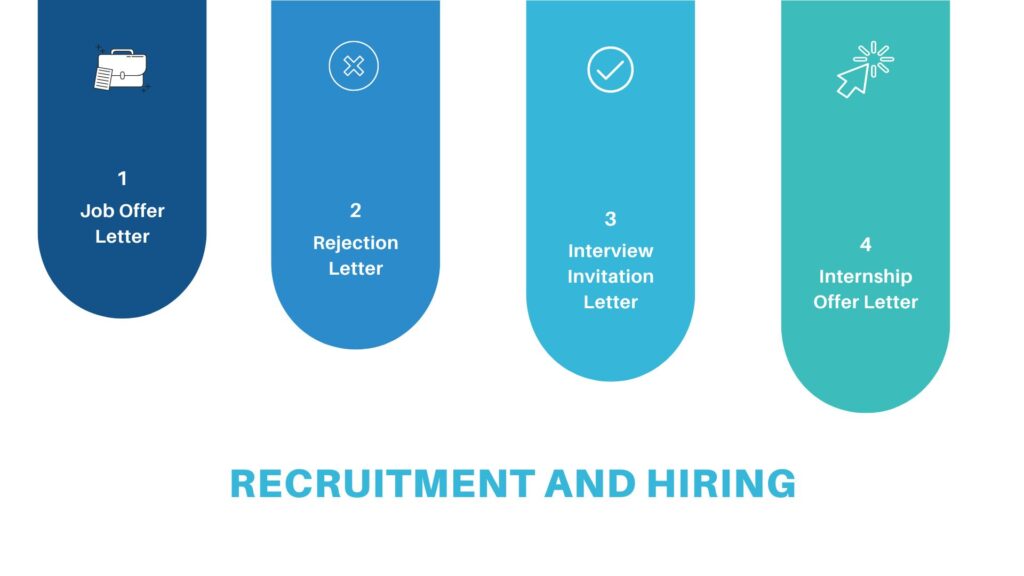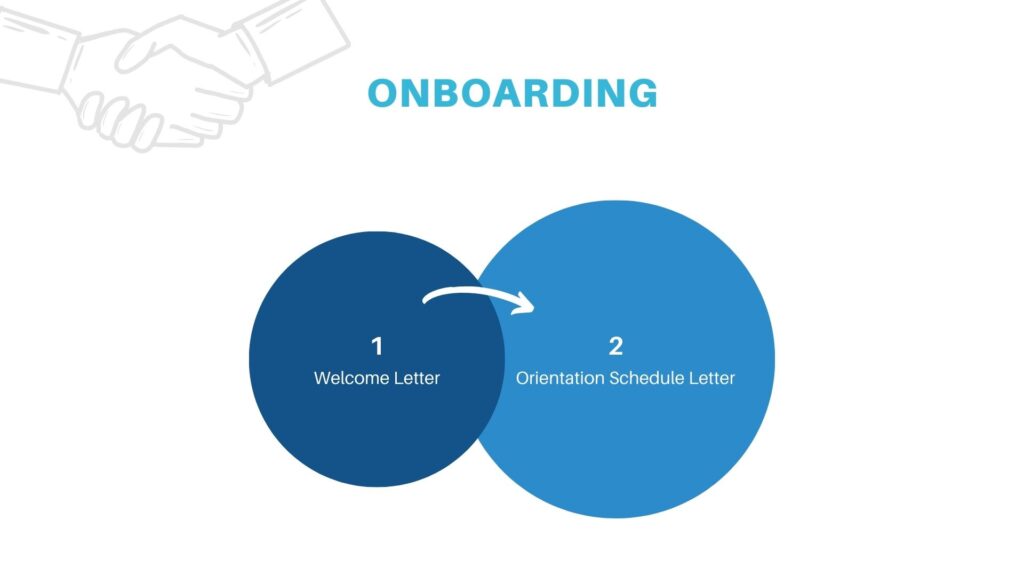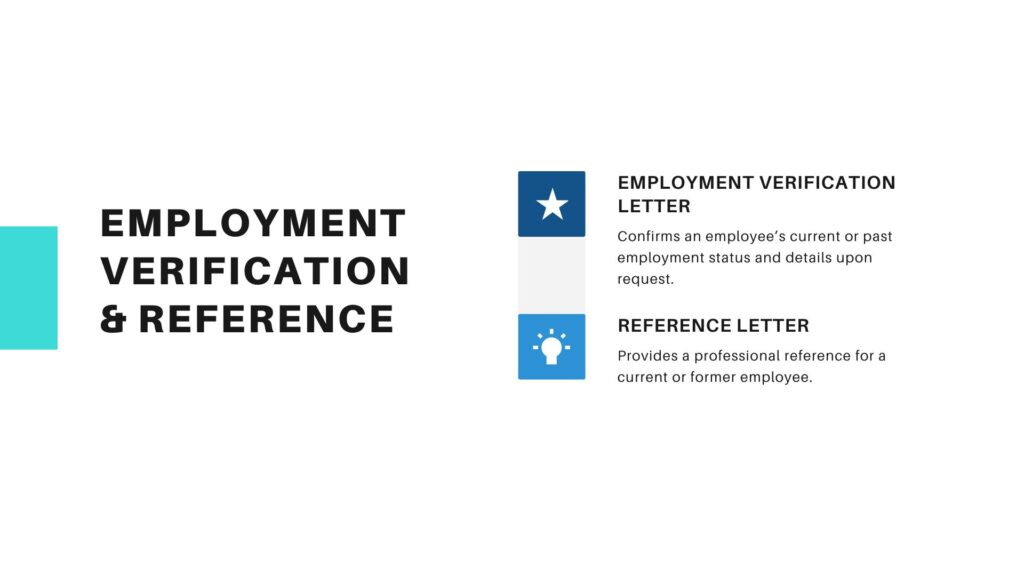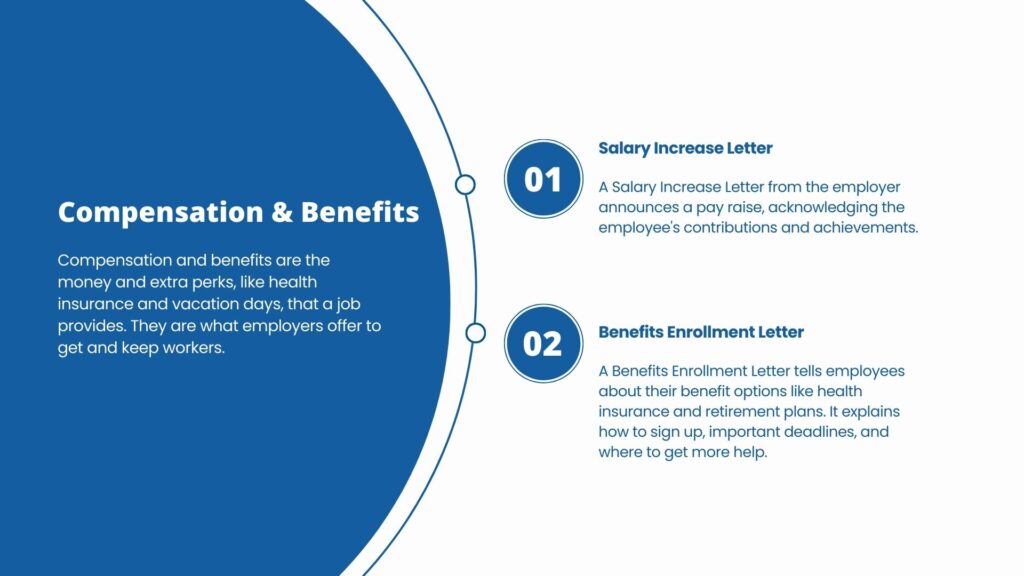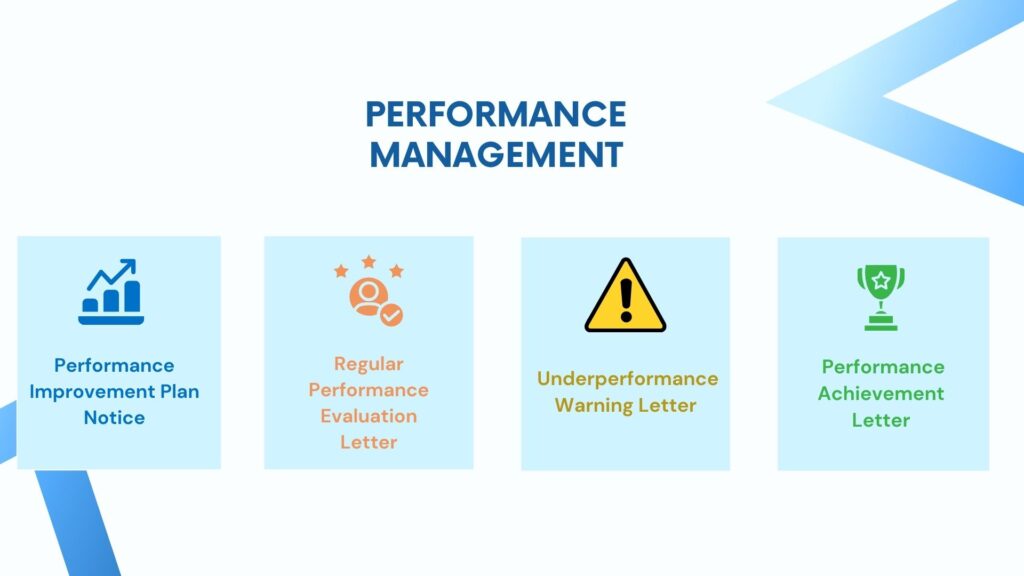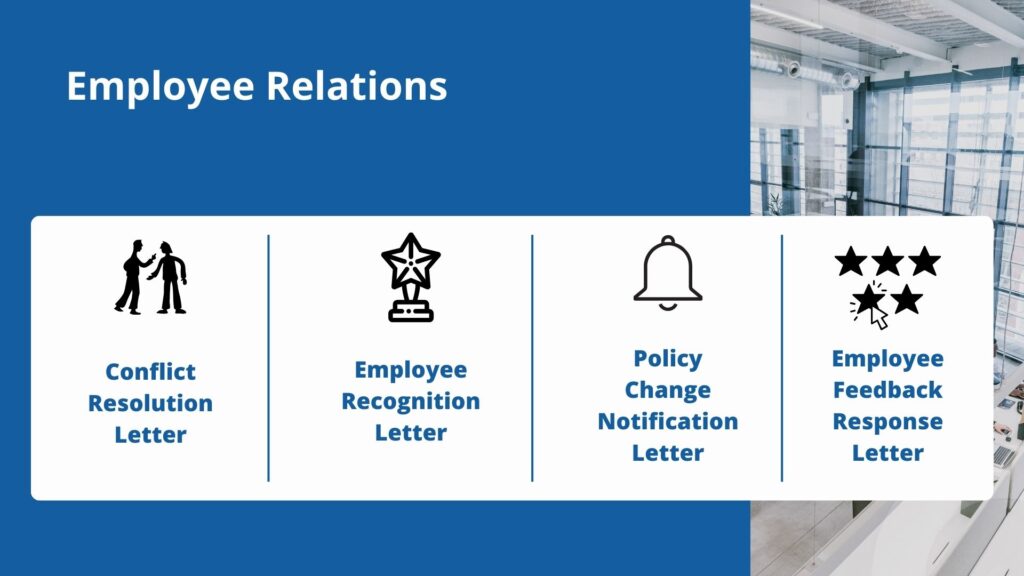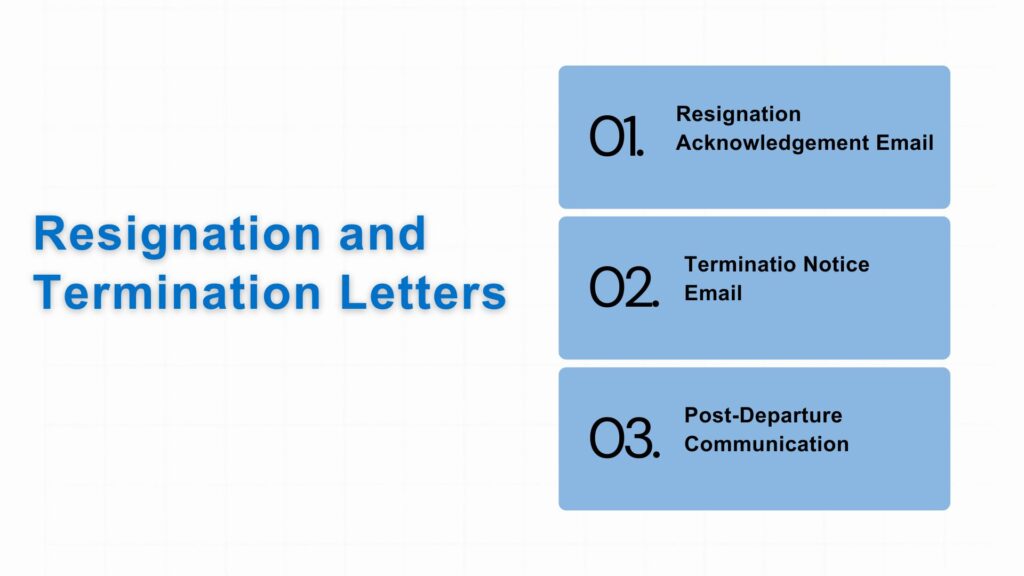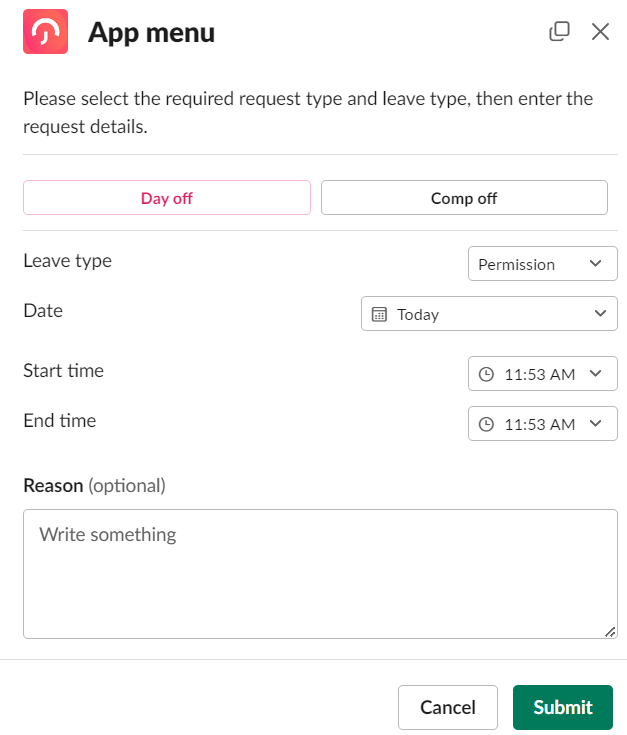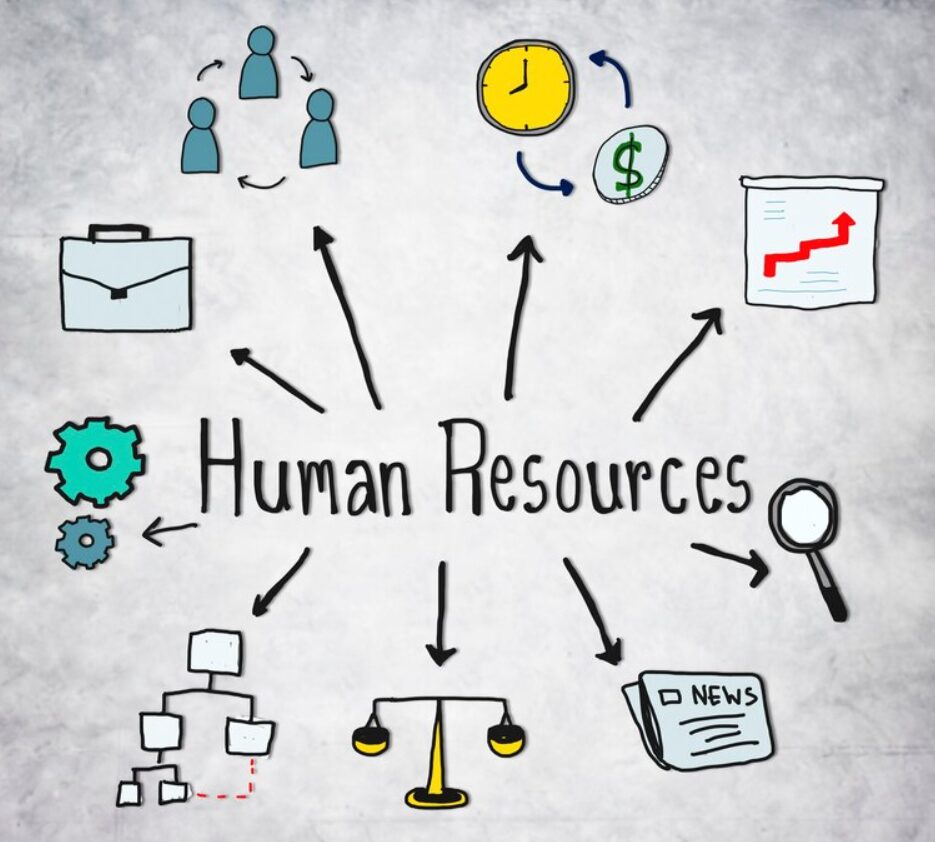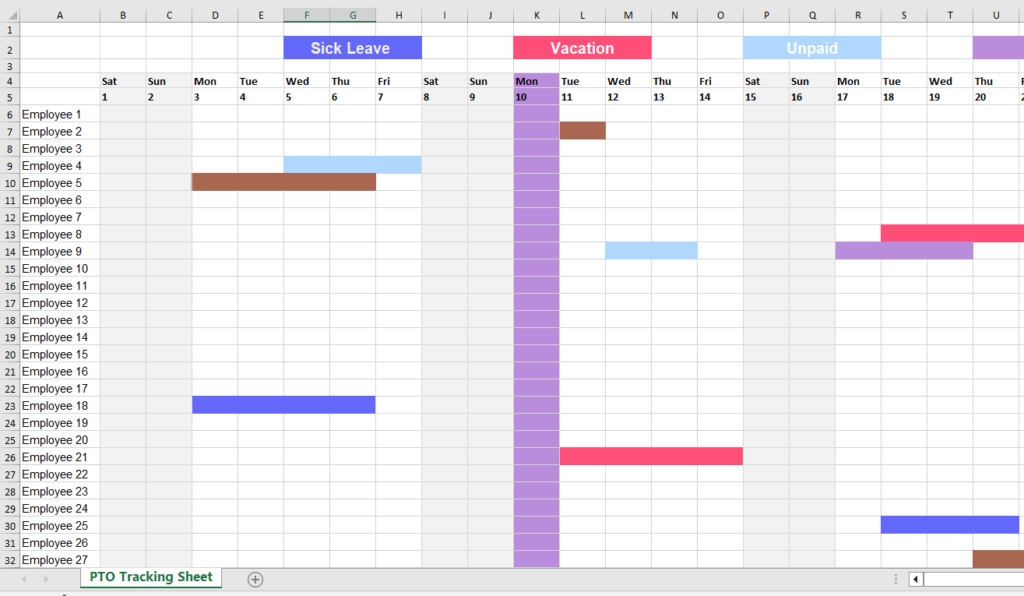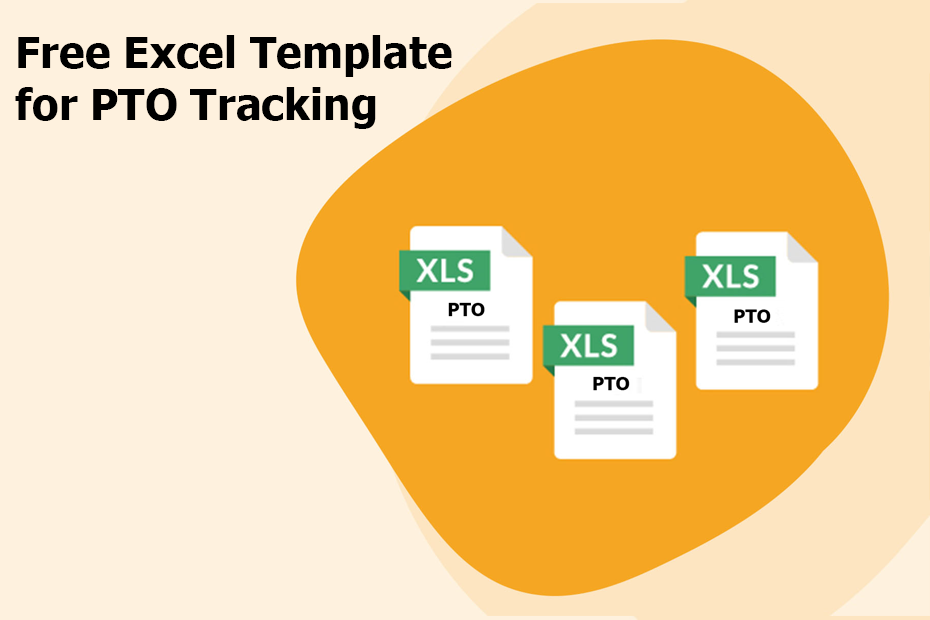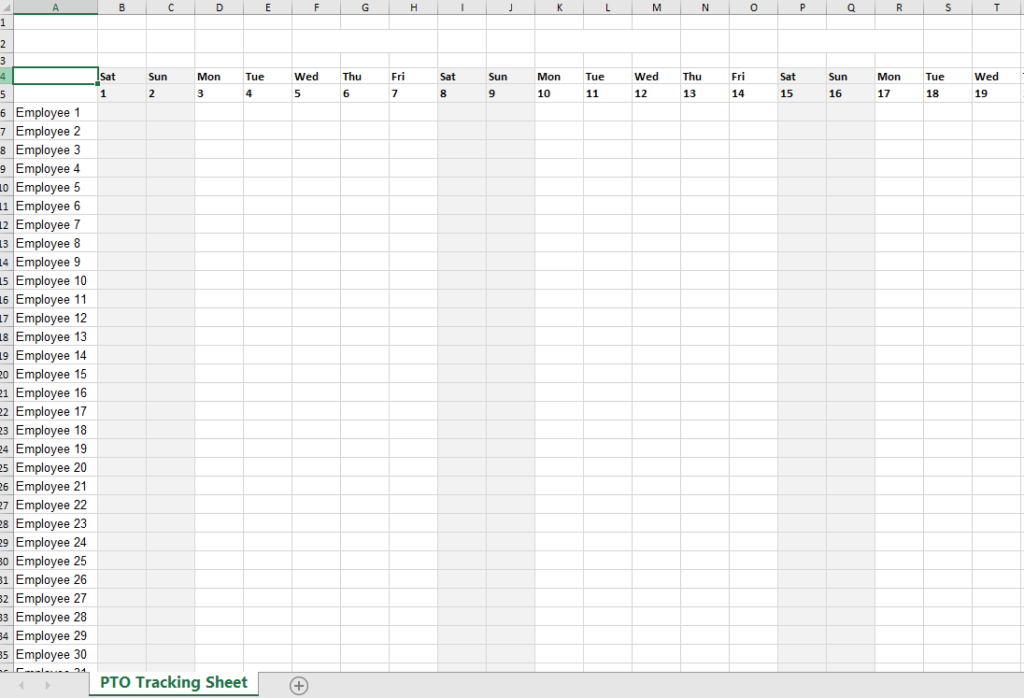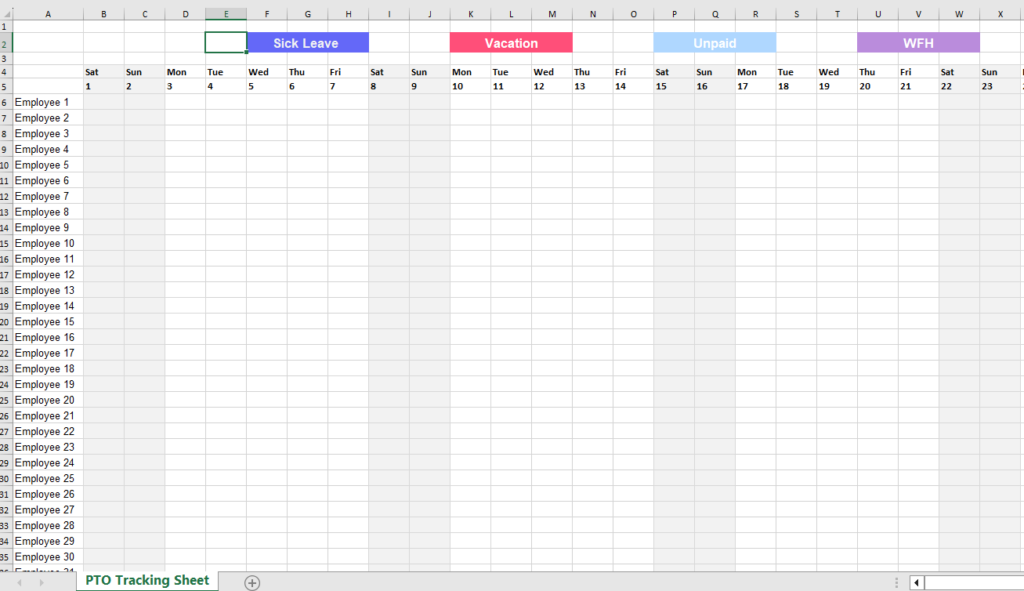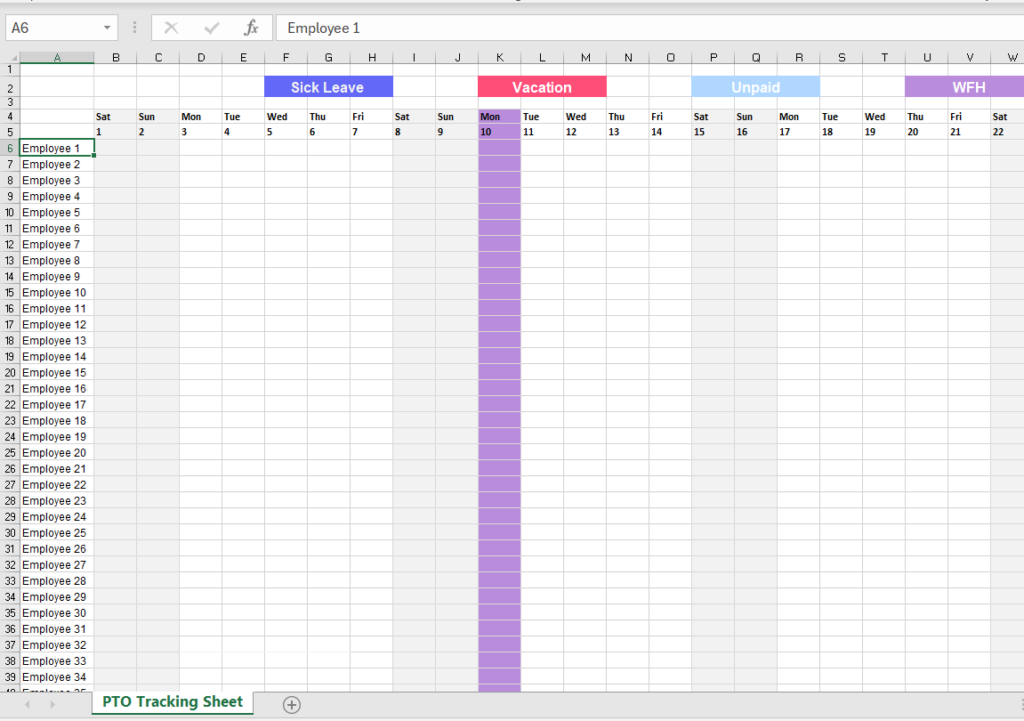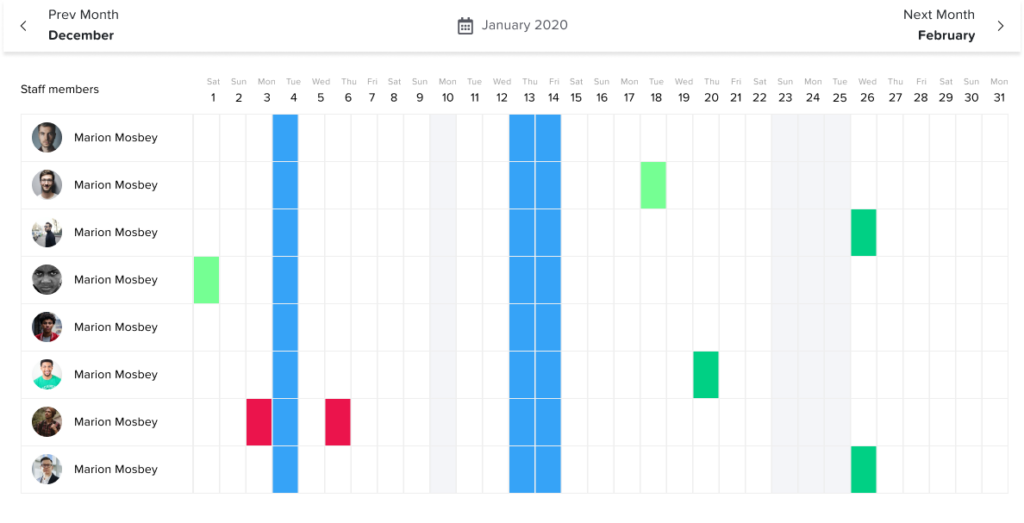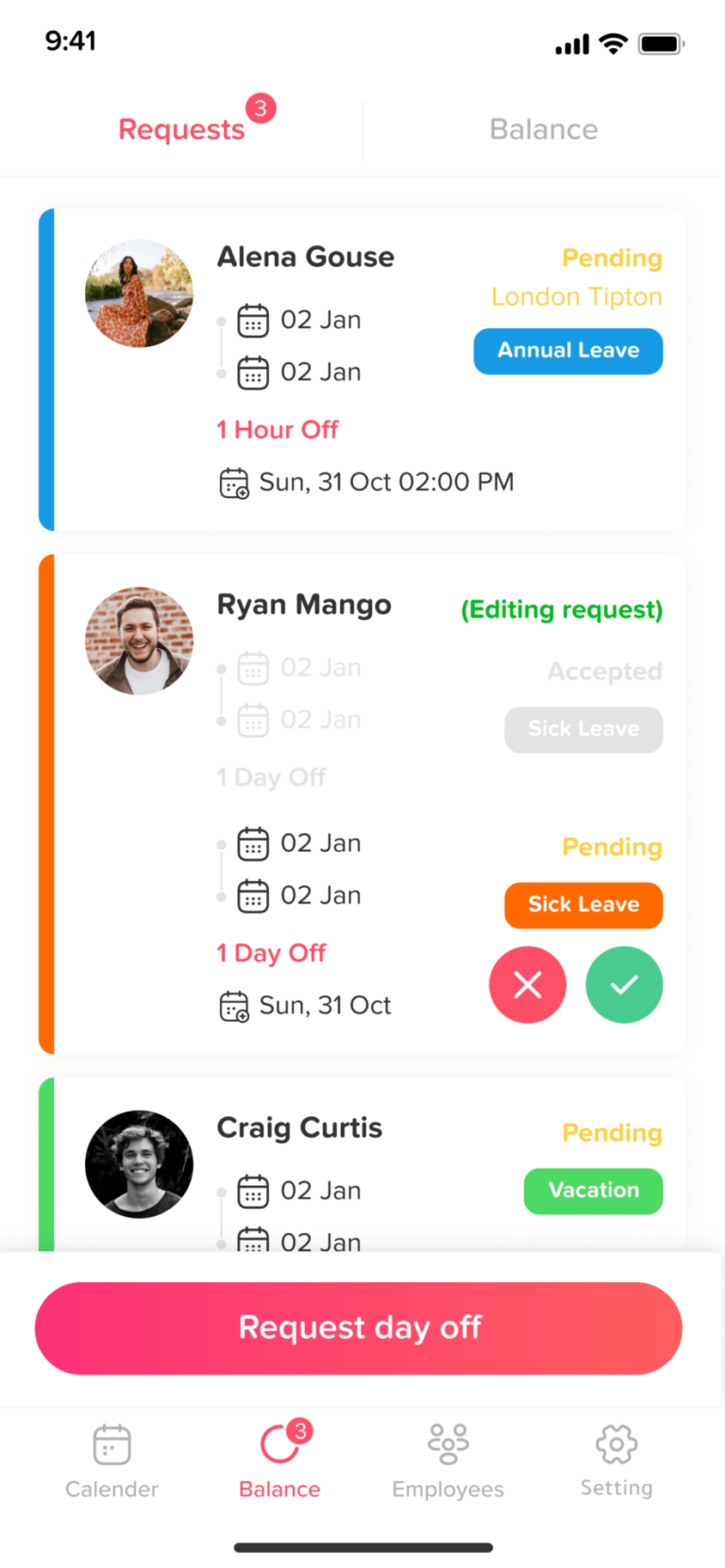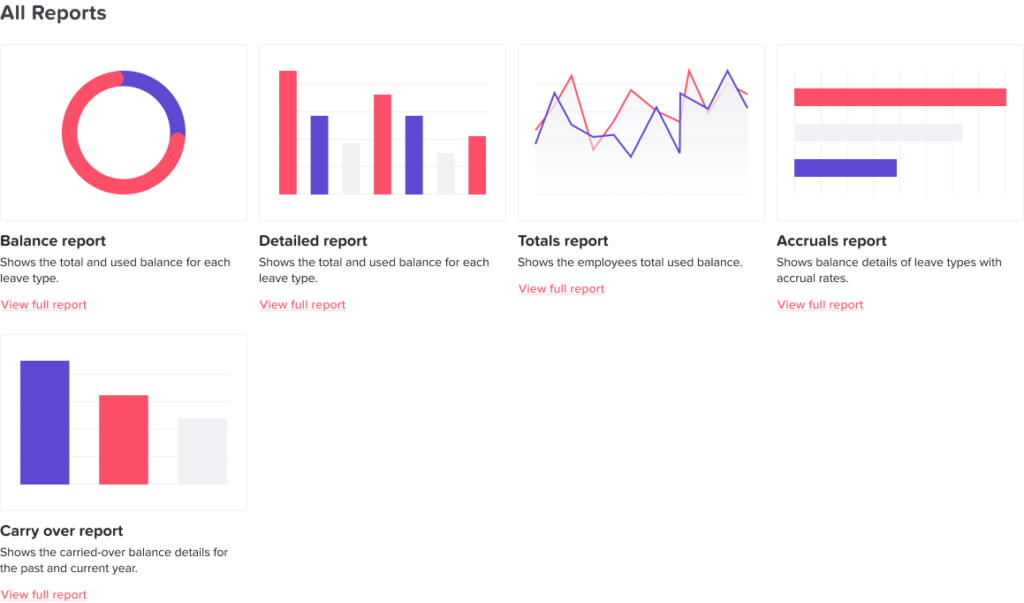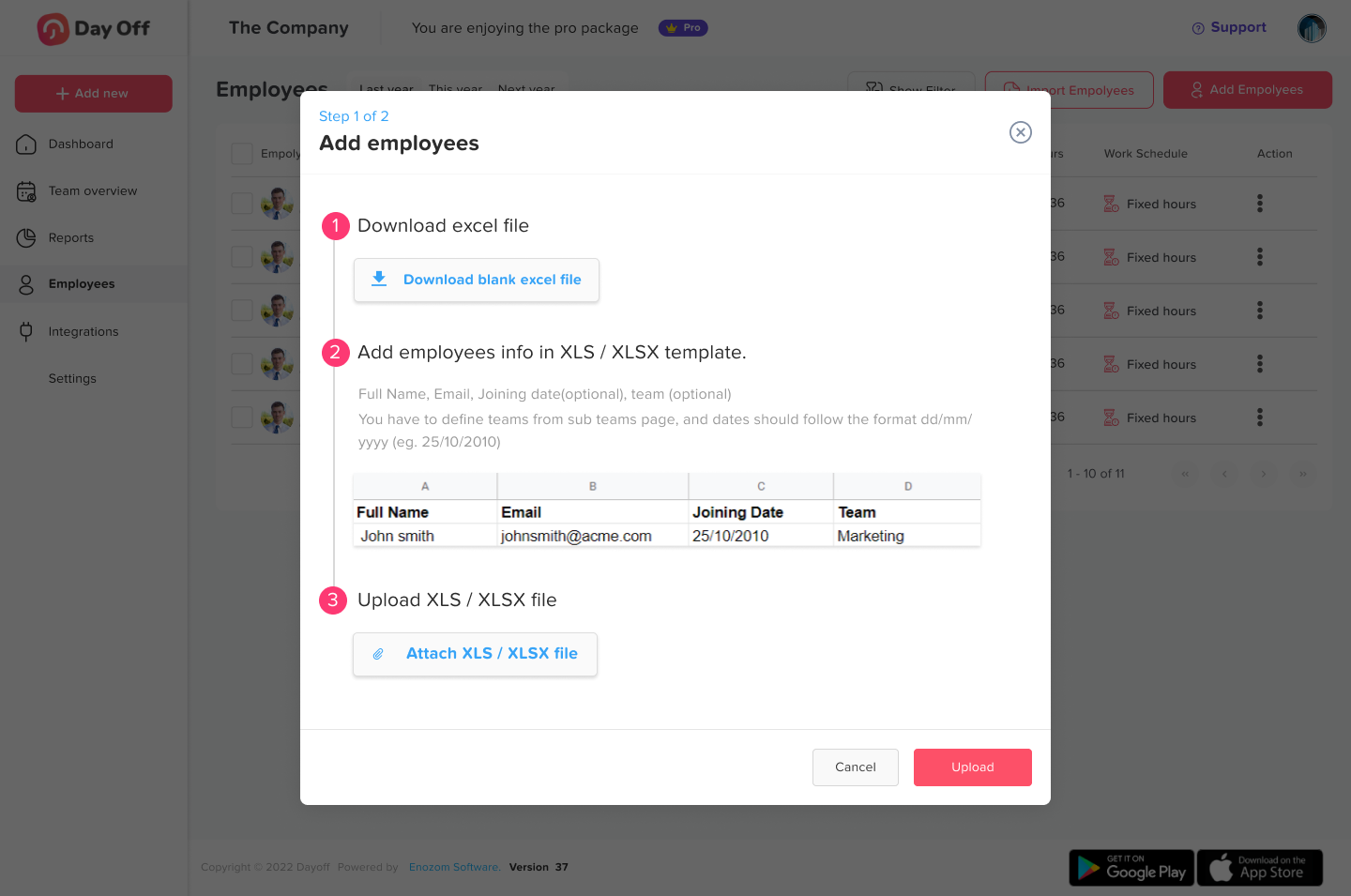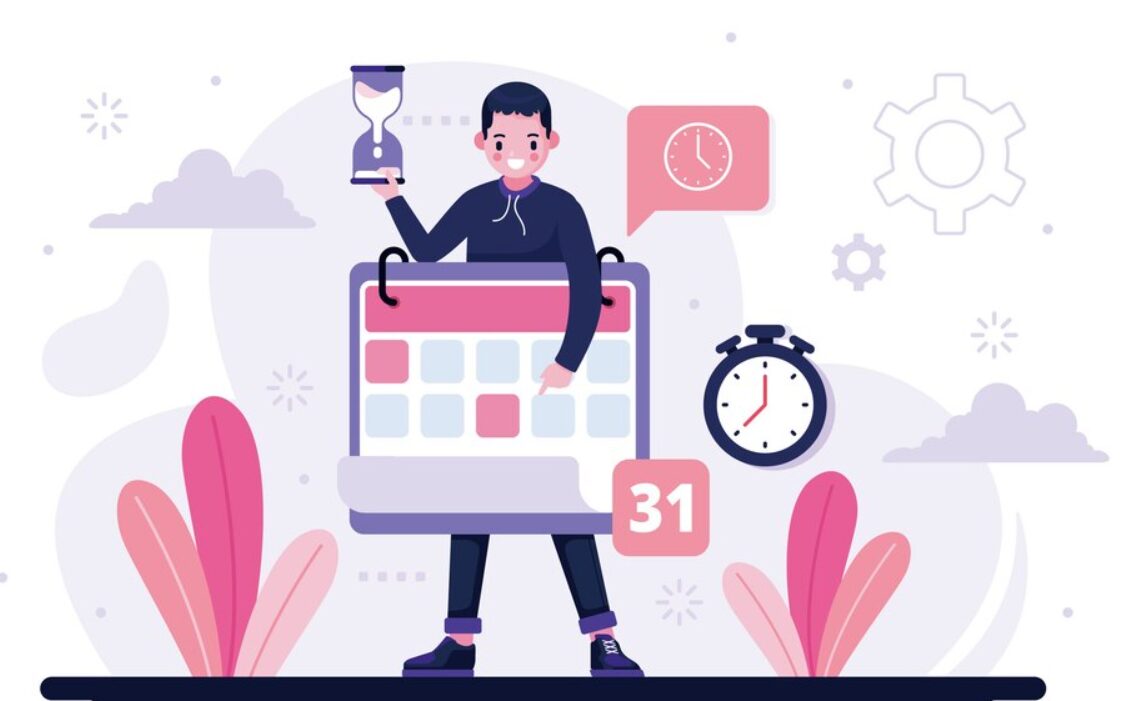When an employee decides to resign, a common question that arises is what happens to remained PTO after resignation. The treatment of unused PTO after resignation can vary based on company policy, and specific terms outlined in employment contracts. Some companies may pay out accrued PTO, while others may not offer any compensation for unused days. Understanding your company’s specific policy on PTO post resignation is crucial for employees planning to leave, as it can significantly impact their final paycheck and transition plans.
What Is Unused PTO?
Unused PTO is paid time off that an employee has earned while working at a company but hasn’t yet taken. While no federal or state laws require companies to offer PTO to their employees, many businesses choose to have a PTO policy to improve their employees’ well being and job satisfaction. A company’s PTO policy may include vacation leave, sick time, holidays, personal days and family or medical leave.
Often, companies establish a PTO policy based on industry standards or expectations. Many companies have policies that allow employees to accrue PTO by hours, days, weeks or pay periods. For example, an employee may earn five hours of PTO every two weeks. Some companies allow employees to accrue more PTO the longer they stay with a company.
What Is Remained PTO After Resignation
Remained PTO after resignation, refers to the amount of unused paid time off (PTO) that an employee still has accumulated at the time they decide to resign from their position. This concept is significant because it raises questions about whether the employee will be compensated for this unused time, or if they will lose these accrued benefits upon their departure.
The handling of remained PTO after an employee resigns is not uniformly regulated across all regions or industries, and typically depends on a combination of company policies, local labor laws, and the specific terms outlined in individual employment contracts.
Can You Use PTO In The Notice Period
Using paid time off (PTO) during a notice period can be a practical issue for employees transitioning out of a company. Whether or not you can use PTO during this period largely depends on the company’s HR policies and the discretion of your supervisors. Some organizations may allow employees to use their accrued PTO during their notice period, especially if it facilitates a smoother transition or if the workload permits. However, other companies might restrict the use of PTO during this time to ensure that the employee is available to complete outstanding projects, transfer knowledge to other team members, or train replacements.
The approach to this issue can also be influenced by local labor laws, which might stipulate conditions under which PTO must be granted. It’s essential for employees to review their employment agreement and consult with their HR department to understand the specific rules applicable to their situation. Clear communication with your employer about your intention to use PTO during the notice period can help in aligning expectations and planning your exit more effectively.
Paid Sick Time And The Notice Period
During the notice period, the use of paid sick time can be a sensitive area, reflecting both legal rights and company policies. Typically, employees are entitled to use their accrued sick leave if they are genuinely ill during their notice period, just as they would at any other time during their employment. However, the context of a notice period can sometimes lead to heightened scrutiny of such requests, as employers may be concerned about the potential for abuse of benefits during the final days of employment.
Legally, an employer cannot deny an employee the right to use accrued sick leave if the employee is genuinely ill and can provide the necessary documentation, such as a doctor’s note, if required by the company’s sick leave policy. This protection is designed to ensure that employees are not penalized for being sick and that public health is not compromised by sick employees attending work to avoid losing pay.
It is important for employees to be aware of and adhere to any specific procedures outlined by their employer for notifying the company of their need to take sick leave, especially during a notice period. Clear communication can help manage expectations and facilitate a smoother transition out of the company. Additionally, employees should review their employee handbook or consult with HR to understand how their sick leave may be managed during the notice period, ensuring compliance with both company policies and legal protections.
What The Law Says About Remained PTO After Resignation
The legal stance on unused paid time off (PTO) at the end of employment varies significantly depending on the jurisdiction. In the United States, for instance, there is no federal mandate requiring employers to pay out unused PTO upon termination; this is typically governed by state law or company policy.
State Laws: Some states, like California, mandate that employers pay out all accrued but unused PTO upon termination as it is considered earned wages. Other states do not require employers to pay out unused PTO unless the company has established a policy or practice of doing so. It’s essential for both employers and employees to be aware of the specific laws in their state.
Company Policy: In jurisdictions where the law does not require payout of unused PTO, the matter is generally left to the discretion of the employer. Companies may choose to pay out unused PTO, roll it over to the next year, or forfeit it upon termination depending on their specific policies. These policies should be clearly outlined in the employee handbook or in the employment contract to avoid misunderstandings.
Employment Contracts: The terms of an employment contract can also govern how unused PTO is handled upon termination. Employees are advised to review their employment agreements to understand any stipulations about PTO payouts.
How To Manage The Issue Of Remained PTO After Resignation
There are several methods to improve your leave management and limit the situations with untaken leave days at the end of the period.
For employers:
With Day off you will benefit from many features to help you in this task, This type of tool helps both employees and managers keep a close eye on accrued, used, and remaining PTO balances, ensuring that time off is used efficiently and in accordance with company policies.
Day Off Features
Automated Leave Request and Approval Workflow
A key feature of any day off tracking system is an automated request and approval workflow. This allows employees to submit leave requests digitally, then automatically routed to their managers or the HR department for approval. reducing paperwork and minimizing the chances of errors. It also speeds up response times, ensuring employees can plan their time off more effectively.
Real Time Leave Balance Tracking
Real time visibility into leave balances is crucial for both employees and employers. day off tracking system provide up to date information on how many leave days an employee has taken and how many are remaining. This transparency helps employees make informed decisions about their time off and assists HR in monitoring leave patterns and planning for absences.
Integrations
Integrating day off tracking system with Google Calendar, Outlook Calendar, Microsoft Teams, and Slack.
Blockout Dates
This feature can be used when HR wants to control the number of leave requests can be submitted on a specific period of time, or even turn off leave requests on this period, and block it out so employees won’t be able to submit a leave request.
Customizable Leave Policies
Different organizations, and sometimes different departments within the same organization, may have unique leave policies. Day off tracking system allow customization accommodate various leave types such as vacation, sick leave, personal days, PTO and public holidays.
It enables the creation of rules regarding accrual rates, carryover policies:
- Setting accruals: if you want leave balance to be divided to the employee (monthly, biweekly, weekly) and to not get the total balance on one time on the renewal date.
- Setting carryover: employee can carry over his remained off days in the leave balance to the renewed balance.
Work Schedules:
The Work Schedule feature in Day Off allows companies to define each employee’s working days, shifts, and hours, ensuring accurate leave calculations and better planning. By aligning time-off requests with individual work schedules, managers can easily prevent scheduling conflicts, maintain coverage, and streamline workforce management. This feature is especially valuable for teams with flexible or shift-based operations, helping to keep attendance and leave tracking precise and organized.
Multi-Approvers:
The Multi-Approvers feature in Day Off provides greater flexibility and control in managing leave requests by allowing multiple managers or supervisors to be part of the approval workflow. This ensures that requests are reviewed by all relevant stakeholders, such as team leads, department heads, or HR, before final approval. It enhances transparency, prevents bottlenecks, and ensures that every request is evaluated from both operational and policy perspectives. This is especially beneficial for larger teams or organizations with layered management structures, helping maintain smooth and accountable leave management.
Mobile Accessibility
With the increasing adoption of remote work and the need for flexibility, having mobile access to the day off tracking system is indispensable. Employees should be able to request time off, check their leave balances, and receive notifications on their mobile devices. Similarly, managers should be able to approve requests and view team leave schedules from anywhere, at any time. Day Off is available on IOS and Android mobile application.
Reporting and Analytics
Reporting and analytics capabilities can transform how organizations manage time off. By analyzing leave trends, HR can identify patterns such as peak leave periods. This data can inform staffing decisions, improve workforce planning, and contribute to developing policies that support employee well-being. Day off is supporting Reports feature to track your team’s balance.
Employee Self-Service Portal
Employee self service portal empowers staff to manage their leave requests independently, access their leave history, and view their leave policies. This not only enhances the employee experience by providing control and transparency but also reduces the administrative burden on HR departments.
For Employees:
Plan PTO Early: Employees should plan and schedule PTO well in advance whenever possible. Early planning can help ensure that time off is approved and that work responsibilities are covered during absences.
Understand PTO Policies: Be fully aware of the company’s PTO policies, including any rules about accrual and expiration of PTO days. Knowing these details can help in planning the use of PTO more effectively.
Monitor PTO Balances: Keep track of accrued PTO. Many companies provide tools or platforms where employees can check their PTO balances. Regular checks can prevent surprises at the end of the year.
Communicate with Supervisors: Discuss PTO plans with supervisors or HR early, especially if planning to use a significant amount of time at once or during busy periods. This can help with smoother scheduling and ensures that the workload is managed.
Frequently Asked Questions
What happens to unused PTO when an employee resigns?
The treatment of unused paid time off (PTO) after resignation depends on company policy, local labor laws, and the terms of the employee’s contract. In some regions or organizations, unused PTO is paid out as part of the final paycheck. In others, it may be forfeited if the company’s policy does not allow for payout upon termination. Employees should review their employment agreement and HR policies to understand what applies to them.
Is an employer legally required to pay out unused PTO after resignation?
There is no universal legal requirement for PTO payout. In the United States, for example, it varies by state. States like California, Illinois, and Massachusetts consider accrued PTO as earned wages, requiring employers to pay it out. However, in other states, payout is only mandatory if company policy promises it. Checking your state’s labor laws or consulting HR can clarify your rights.
Can employees use their PTO during the notice period?
Whether an employee can use PTO during their notice period depends on company policy and managerial approval. Some employers allow it to help employees transition smoothly, while others may restrict it to ensure proper handover of responsibilities. It’s important to discuss this with your manager or HR before making plans to use PTO during your notice period.
What if an employee gets sick during their notice period?
If an employee becomes genuinely ill during the notice period, they are typically entitled to use their accrued paid sick leave, provided they follow the company’s sick leave policy and submit appropriate documentation, such as a medical certificate if required. Employers cannot deny legitimate sick leave, but employees should communicate transparently to avoid misunderstandings.
How can employees find out their remaining PTO balance before resigning?
Most companies provide employees with access to their PTO balance through HR portals, payroll systems, or leave management apps like Day Off. If this information isn’t readily available, employees can contact HR or their manager for an updated balance before submitting their resignation.
What happens if an employee resigns without using any of their PTO?
If the company’s policy or local law allows PTO payout, the employee will typically receive compensation for all accrued, unused PTO in their final paycheck. However, if the policy states that unused PTO is forfeited upon resignation, the employee will not receive compensation for it. Always review PTO policies before resigning to make informed decisions.
Can employers force employees to use PTO before resigning?
Some employers encourage or require employees to use their accrued PTO before their final working day to avoid large payouts. However, this practice must comply with local labor laws and company policy. Employees should clarify this expectation with HR when submitting their resignation notice.
What role does an HR system like Day Off play in managing PTO?
Day Off simplifies PTO tracking for both employers and employees. It automates leave requests, approval workflows, and balance tracking in real time. The system also integrates with tools like Google Calendar, Outlook, Slack, and Microsoft Teams, helping HR teams ensure accurate records and smooth operations during transitions.
What should employers do to manage PTO effectively and prevent unused balances at resignation?
Employers should encourage employees to use their PTO regularly throughout the year, set clear carryover limits, and maintain transparent policies. Using digital tools like Day Off allows organizations to monitor leave patterns, generate reports, and plan ahead to avoid large PTO liabilities when employees resign.
How can employees plan ahead to avoid losing their PTO?
Employees can avoid losing their PTO by tracking their balances regularly, planning vacations in advance, and understanding their company’s rollover or payout policies. Taking regular breaks not only prevents PTO loss but also supports better work-life balance and mental health.
What should be included in a company’s policy regarding PTO payout after resignation?
A clear PTO payout policy should specify whether unused PTO will be paid out upon resignation or termination, outline how payouts are calculated, and state any conditions (such as notice period requirements or forfeiture clauses). Transparent communication in employee handbooks prevents confusion and promotes fairness.
What’s the difference between PTO payout and forfeiture?
PTO payout means the employee receives compensation for any unused, accrued paid time off in their final paycheck. Forfeiture means that the employee loses entitlement to unused PTO when they leave the company. Whether PTO is paid out or forfeited depends on company policy and regional labor laws.
How can transparent PTO management improve employer-employee relationships?
Transparent and fair PTO management builds trust between employers and employees. When policies are clearly communicated and applied consistently, employees feel valued and respected. This fosters higher morale, reduces disputes, and enhances the overall workplace culture—even during transitions like resignation.
Conclusion
The fate of remaining paid time off after an employee resigns is a multifaceted issue that hinges on company policy, local laws, and individual employment contracts. While some companies and regions mandate the payout of accrued PTO, others may allow these benefits to be forfeited upon resignation, depending on the stipulations set forth in employee handbooks or contracts. It is imperative for both employees and employers to be well informed about these policies and legal requirements.
For employees, understanding how unused PTO is handled can significantly impact their financial and career planning.
For employers, transparent and legally compliant PTO policies are crucial in maintaining trust and fairness in workplace relationships, ensuring smooth transitions when employees choose to leave.



